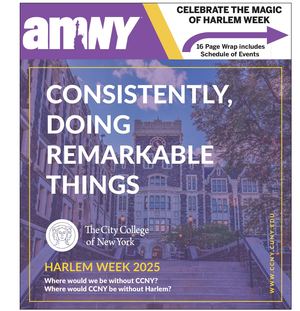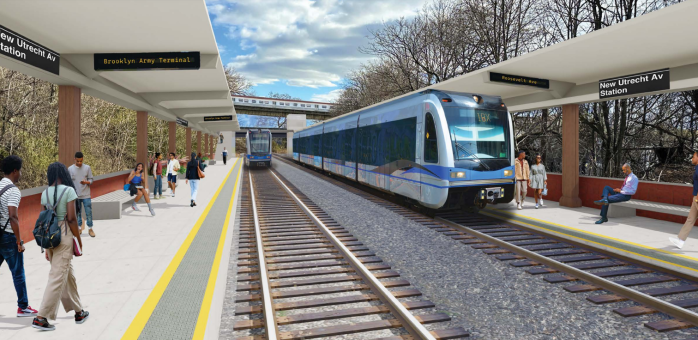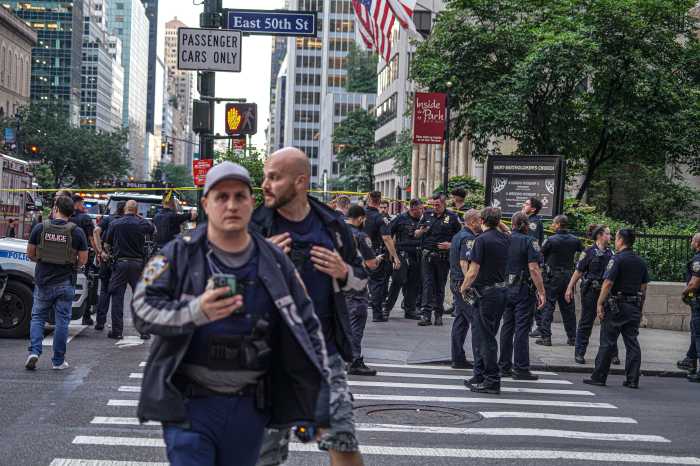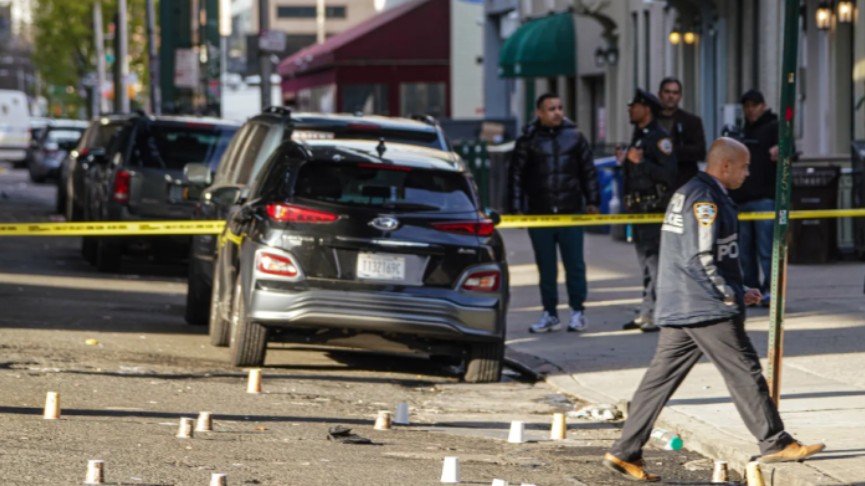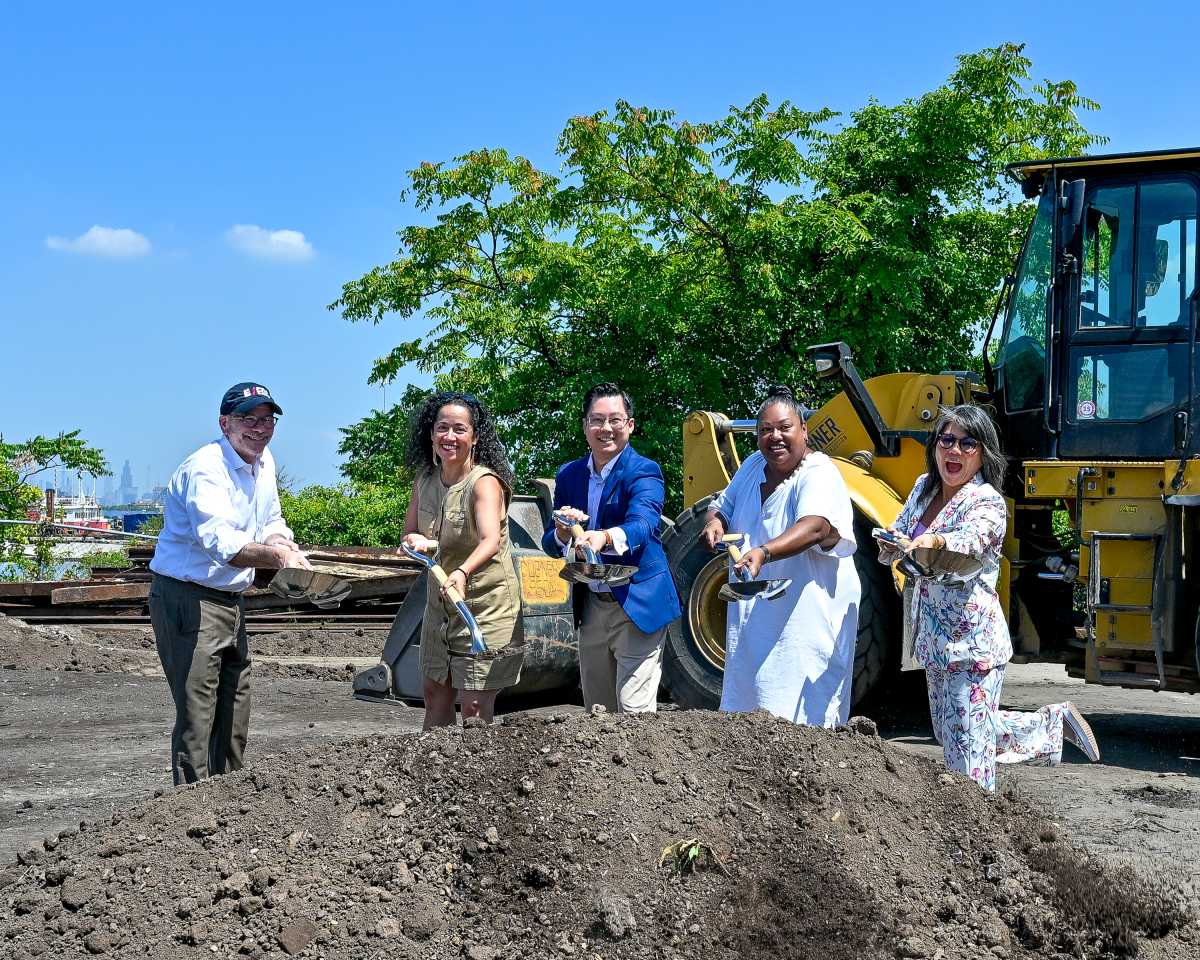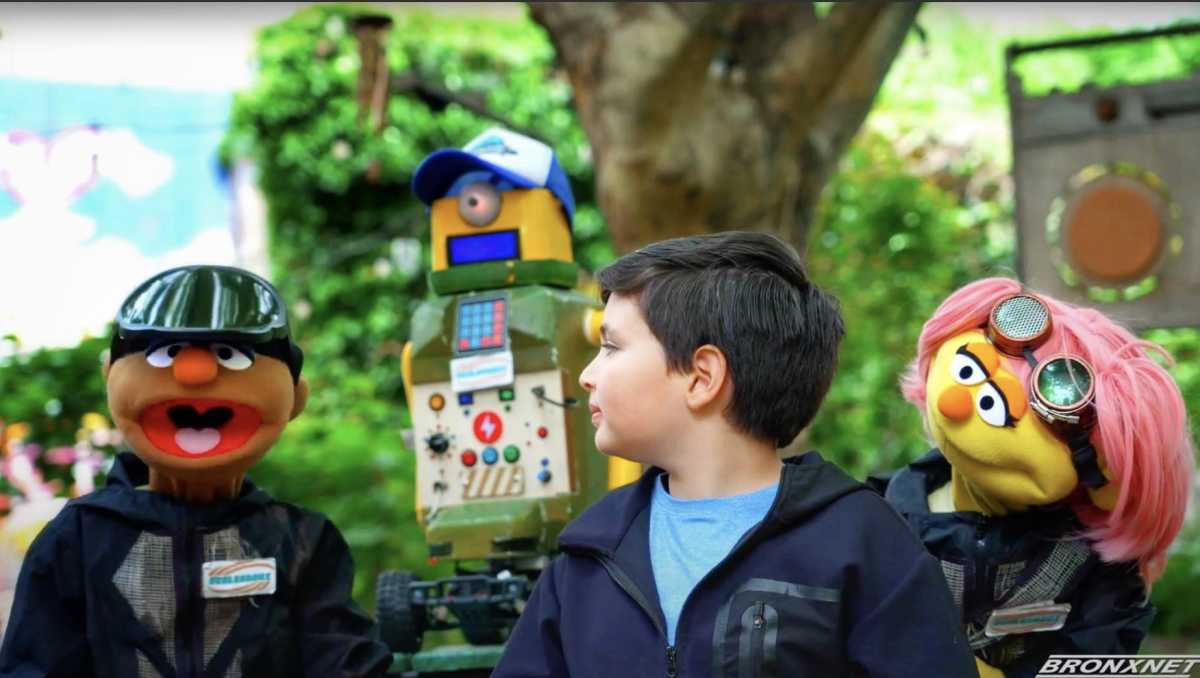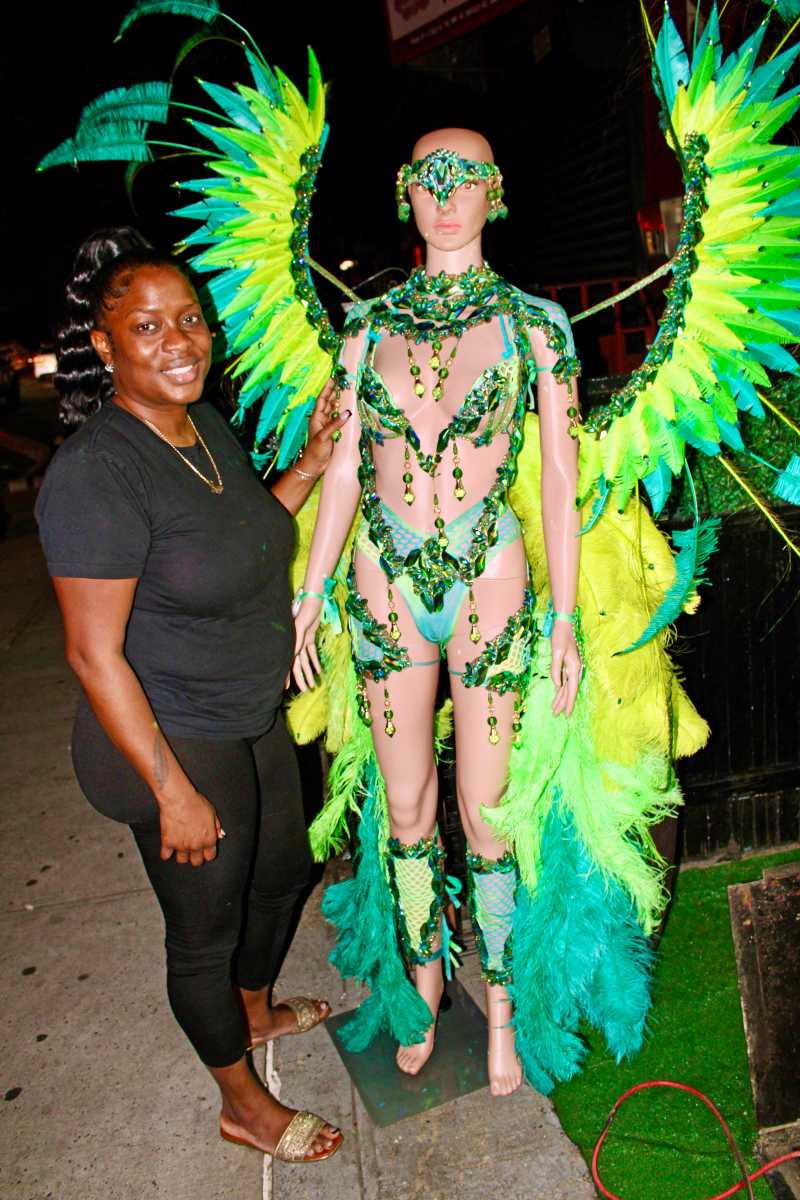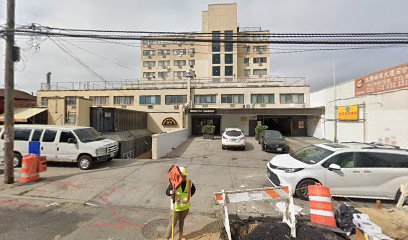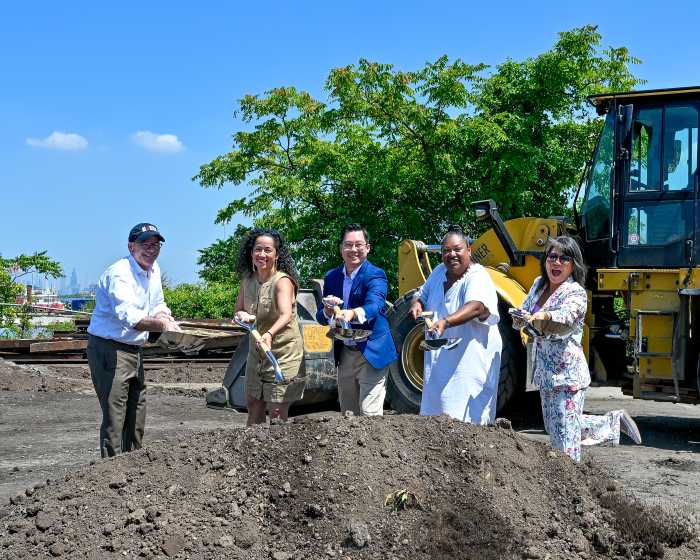Signal problems and subway delays like those this week get plenty of publicity when commuters are left stranded on the platform without a train.
But for subway riders who use wheelchairs, every commute brings an additional guessing game, one that doesn’t get as much attention. Is their station’s elevator working? If they’re able to board a train, will the elevator at their destination work? If not, a passenger could be stuck on the platform until someone comes to help. And what about when a disabled New Yorker, or a parent with a stroller, has to go somewhere nowhere near an accessible stop?
It’s no secret that accessibility in the NYC subway system is abysmal, with just 248 elevators covering 117 stops, less than a quarter of the 472 stations systemwide. At any given time, as many as 20 elevators are out of service.
Advocates and disabled residents last month filed state and federal lawsuits against the MTA, accusing it of discriminating against those with disabilities. But it would cost $10 billion, the MTA said, to make the full system accessible. That won’t happen overnight, but there are quicker steps, including better maintenance and communication.
The MTA has a website devoted to elevator and escalator status reports, and passengers can receive text and email alerts about particular stations. But the information isn’t always up to date or correct. Meanwhile, elevators are aging — 41 are more than 20 years old and more difficult to repair, according to MTA officials. It’s no wonder disabled riders complain of elevators often out of service.
The MTA has assured customers it’s doing all it can, including allocating $1 billion toward accessibility. But it can do more. That means maintaining existing elevators and diligently installing new ones, especially in accessibility deserts where there are large gaps between subway stops with elevators. And it’s about improving communication. Commuters need immediate, accurate information through social media, text alerts and electronic or loudspeaker alerts in stations.
The more commuters know, the better they can plan. If they are left staring up at a flight of stairs they can’t climb, or at an elevator that’s out of order, it’s too late.
